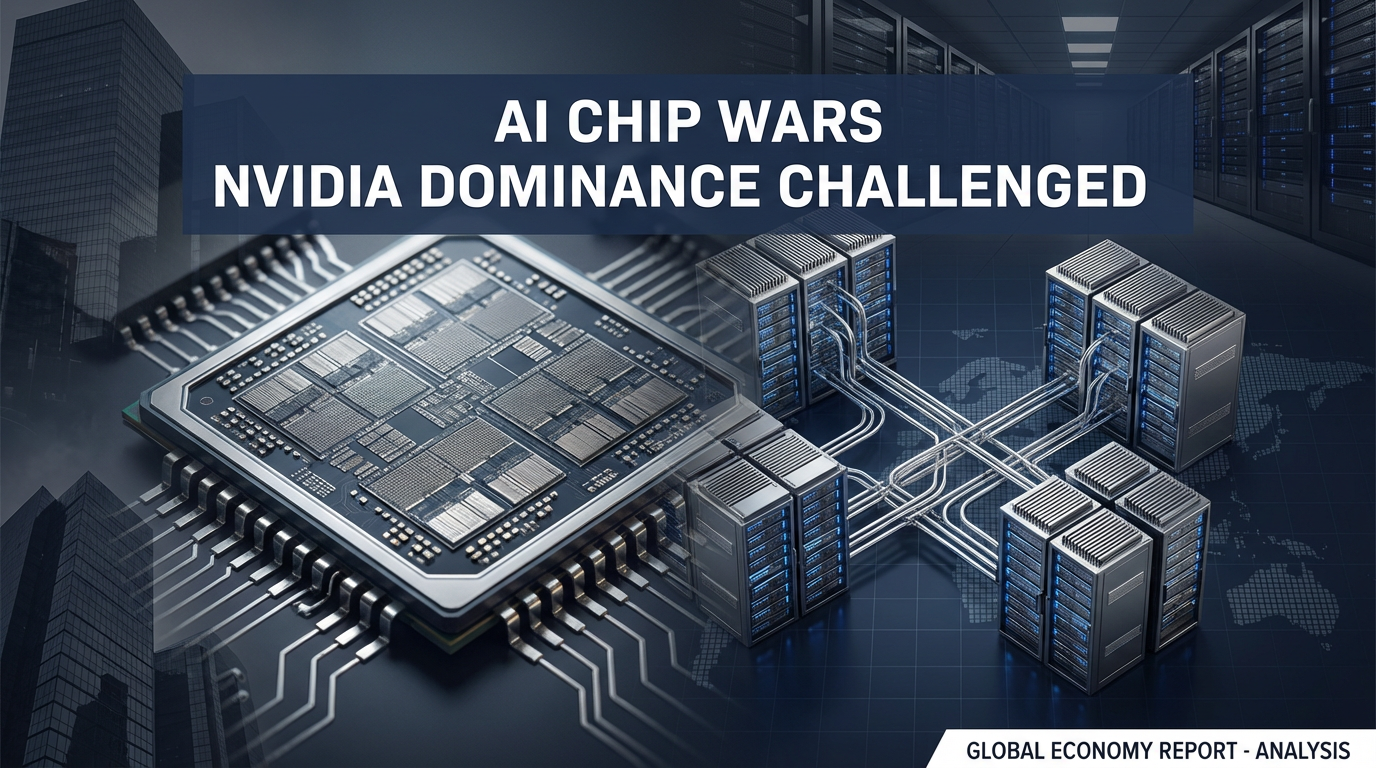● Intel CEO’s Catch-Up Plan
Analysis of Intel’s Crisis Overcoming and Global Semiconductor Investment Strategies
[1968~2000] Intel’s Boom and Technological Monopoly
Since its founding in 1968, Intel has played a key role in the global economic outlook with its unrivaled technology and market share in the semiconductor field.
From its inception in 1968, it established a technological monopoly by creating industry standards.
By 1992, it had become the world’s largest chipmaker, and by 1997, Intel CPUs were installed in 84% of computers worldwide.
In 2000, it reached its highest stock price, once reigning as the king of the semiconductor market.
[2010s] Industry Changes and Intensifying Competition
In the 2010s, technological specialization progressed within the semiconductor industry.
Companies adopted a strategy of separating chip design and manufacturing, with AMD and Nvidia focusing on design and companies like TSMC strengthening their manufacturing expertise.
As manufacturing technology became increasingly sophisticated, the required investment in equipment and facilities reached billions of dollars, allowing foreign manufacturers to grow rapidly with low labor costs and lax regulations.
Intel’s technology upgrade speed slowed significantly from 2014 to 2020, falling behind competitors (TSMC, Samsung).
In 2017, experts assessed that competitor CPUs were superior in terms of price competitiveness and performance.
[2020s] Bold Investment and Challenges in AI Innovation
Amid semiconductor supply shortages and global supply chain issues in 2021, then-CEO Pat Gelsinger pursued a large-scale financial investment strategy.
He broke ground on two factories in Arizona worth $20 billion and began construction of a mega-site in Ohio totaling $100 billion.
At the same time, a $36 billion upgrade plan for the Oregon factory was announced, attempting to strengthen manufacturing capabilities with massive capital investments.
However, this concentration of investment focused on chip manufacturing, resulting in a slowdown in GPU and other design areas essential for the rapidly growing AI era.
In particular, Intel’s AI product ‘Gaudi’ fell short of market expectations, resulting in poor sales.
As a result, Pat Gelsinger’s large-scale investment strategy led to short-term financial burdens, and in the midst of a CEO change, Lip-Bu Tan is in a situation where he must boldly attempt recovery and re-emergence.
Currently, Intel faces significant challenges in balancing manufacturing and design, competing technologically with competitors such as TSMC, and responding to rapidly changing AI innovation trends.
[Summary of Key Points and Outlook]
Traditional semiconductor powerhouse Intel is not resting on its past laurels but is facing the reality of structural problems in both manufacturing and design, and intensifying global competition.
While aiming to restore manufacturing capabilities through large-scale investments, factory construction, and technology upgrades, strengthening design and software platform competitiveness is emerging as an important task to avoid falling behind in the AI innovation era.
This entire process is a challenge that cannot be resolved in the short term, but it is a strategic watershed moment that will have a major impact on the global economic outlook and the semiconductor industry as a whole.
Under the leadership of Lip-Bu Tan, the key tasks for Intel will be restoring technological competitiveness and increasing investment efficiency.
The growth and challenges in Intel’s 25-year history, and the strategy for a complete restructuring of manufacturing and design according to the AI innovation era, are organized in chronological order.
From the glory days based on unrivaled technology and market dominance since its founding in 1968, to facing difficulties due to intensified competition and slowed technology upgrades due to changes in the industrial structure in the 2010s.
Despite the large-scale investment strategy in 2021, it failed to meet the demands of the AI era, resulting in weakened chip design and financial burdens.
Currently, Lip-Bu Tan CEO is embarking on a bold challenge to regain dominance in the semiconductor market through balancing manufacturing and design, enhancing competitiveness, and improving investment efficiency.
Key words: global economic outlook, Intel, semiconductor, investment, AI
[Related Articles…]
Analysis of Intel Investment Strategy
Semiconductor Innovation Trends
*Source : [The Wall Street Journal] How Intel’s New CEO Can Catch Up to Samsung, Nvidia and TSMC | WSJ



